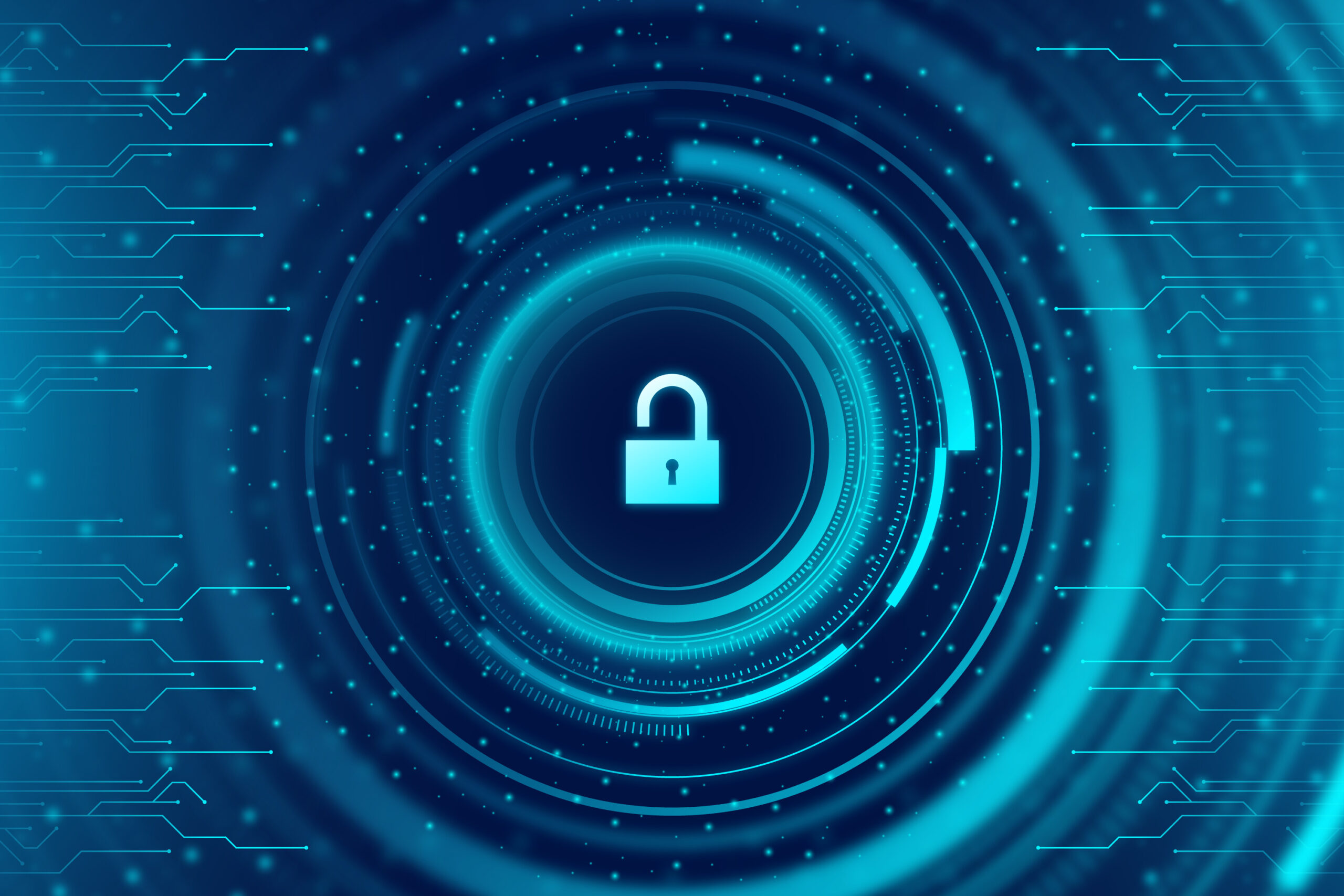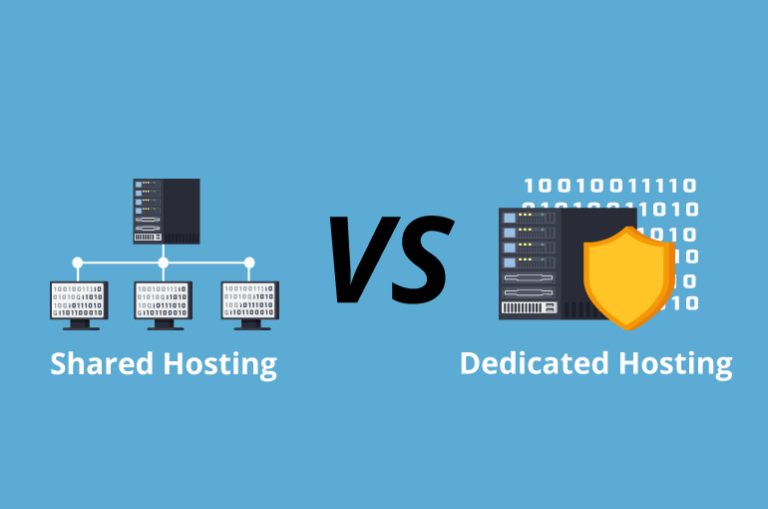Unleashing Digital Security: Empowering Cybersecurity in the Modern Era
Cybersecurity in the Digital Age
The Internet has revolutionized the way we live, work and communicate. The need for strong cybersecurity measures has never been more important in the digital age. Cybersecurity is the protection of computer systems, networks, and data from digital attacks, unauthorized access, and other potential threats. This article examines the importance of cybersecurity in the digital age, common cybersecurity threats, security best practices, emerging trends, the role of governments and organizations, and the future of cybersecurity.
Introduction
In today’s connected world, where almost every aspect of our lives is linked to digital technology, the importance of cybersecurity cannot be overemphasised. Cybersecurity is essential for individuals, businesses, and governments to protect their sensitive information, maintain privacy, and ensure the integrity of their digital assets. It encompasses a range of practices, technologies, and processes designed to protect computer systems, networks, and data from unauthorized access and cyber threats.
Common Cybersecurity Threats
In the digital age, cybercriminals use a variety of tactics to exploit vulnerabilities and gain unauthorized access to sensitive information. Understanding common cybersecurity threats can help individuals and organizations better protect themselves against potential attacks.
Malware Attacks
Malware refers to malicious software designed to gain unauthorized access, damage, or collect sensitive information without the user’s consent. It includes viruses, worms, trojans, ransomware, and spyware. Malware attacks usually happen through email attachments, malicious websites, or infected downloads.
Phishing and social engineering
Phishing is a technique used by cybercriminals to trick you into obtaining sensitive information such as passwords, credit card information, and personally identifiable information. Social engineering involves manipulating people through psychological tactics to gain access to sensitive data. These attacks usually come via phishing emails, fake girlfriend websites, or phone calls.
Ransomware attack
Ransomware is malware that encrypts the victim’s files or locks them from the system until a ransom is paid. Cybercriminals exploit vulnerabilities in computer systems to spread ransomware, causing enormous financial loss and disruption to businesses and individuals.
Data leak
Data breaches include unauthorized access to sensitive information such as personal information, credit card numbers, and medical records. A breach can be caused by inadequate security measures, human error, or targeted attacks. The consequences of a data breach can be severe, including identity theft, financial loss, and reputational damage for individuals or organizations.
Insider threat
Insider threats are security breaches caused by people within an organization who have access to sensitive information. These threats may be intentional or unintentional and may be the result of negligence, malice, or compromised credentials. Insider threats pose significant challenges to cybersecurity, requiring organizations to implement strict access control and monitoring systems.
The impact of a cybersecurity breach
Cybersecurity breaches can have far-reaching consequences for individuals, businesses, and governments. Below are some of the impacts an organization can experience as a result of a successful cyber attack.
Economic losses
A cyber attack can cause significant financial damage to a company. The costs associated with corrective actions, litigation, and regulatory fines can be significant. In addition, organizations can experience financial theft, job loss, and decreased productivity due to system outages.
Damaged reputation
A cybersecurity breach can damage an organization’s reputation and undermine customer trust. News of a data breach travels quickly, and affected individuals can lose confidence in an organization’s ability to protect their personal information. Restoring trust and repairing a damaged reputation can be a difficult and time-consuming process.
legal and regulatory implications
Organizations that fail to implement adequate cybersecurity measures may face legal and regulatory consequences. Organizations can face fines, penalties, and even legal action depending on the nature and severity of the violation. Compliance with data protection laws and industry regulations is essential to avoid legal consequences.
Loss of customer confidence
Customer trust is essential to the success of any organization. A cyber security breach can cause customers to lose confidence and choose to do business elsewhere. Demonstrating a commitment to cybersecurity and implementing strong security measures can help organizations maintain customer trust and loyalty.
Best practices in cybersecurity
Individuals and organizations must adopt cyber security best practices to reduce the risk of cyber attacks. Here are some important steps to improve your security:
Use strong passwords and enable multi-factor authentication
Strong, hard-to-guess passwords that are updated regularly are key to protecting sensitive accounts. In addition, enabling multi-factor authentication adds an extra layer of security by requiring users to provide additional verification, such as a fingerprint or a temporary code sent to their mobile device.
Keep software and systems up to date
Regular software, operating system, and application updates are required to address known security vulnerabilities. Cybercriminals often use outdated software to gain unauthorized access. Keeping your system up-to-date helps protect against known vulnerabilities and improves overall security.
A powerful firewall application and antivirus solution
A firewall acts as a barrier between the internal network and external threats, preventing unauthorized access. Antivirus software can detect and remove malware from your system. Implementing a strong firewall and antivirus solution can provide an additional layer of defense against cyber threats.
Periodic backup of important data
Regular data backup is essential to prevent data loss in the event of a cyber-attack or system failure. Backups should be stored securely and tested regularly to ensure data integrity. In the event of a ransomware attack, having a recent backup can help restore your system without paying the ransom.
Educate employees about cybersecurity
Employees play an important role in maintaining the overall security posture of an organization. Regular cyber security awareness training sessions can help employees understand potential threats, phishing techniques, and safe online practices. Fostering a culture of cybersecurity awareness encourages employees to be vigilant and proactive in protecting sensitive information.
Emerging trends in cybersecurity
As technology continues to evolve, new challenges and opportunities arise in the cybersecurity space. Understanding emerging trends can help organizations stay ahead of cyber threats and put appropriate security measures in place.
Artificial Intelligence and Machine Learning in Cybersecurity
Artificial intelligence (AI) and machine learning (ML) are increasingly being used to detect and respond to cyber threats. These technologies analyze large amounts of data to identify patterns and anomalies that indicate possible attacks. AI and ML improve threat detection and response capabilities, enabling faster and more accurate decision-making.
Internet of Things (IoT) security challenges.
The proliferation of Internet of Things (IoT) devices poses unique security challenges, and IoT devices are often connected to networks to collect and transmit sensitive data. However, many IoT devices have vulnerabilities that can be exploited by cybercriminals. Securing IoT devices and networks is essential to prevent unauthorized access and data breaches.
Cloud security considerations
Cloud computing offers many advantages, including scalability and cost efficiency. However, enterprises must consider special security issues associated with cloud environments. Implementing robust authentication, encryption, and access control is essential to protecting data stored in the cloud. Additionally, enterprises should carefully choose a trusted cloud service provider with robust security measures.
Blockchain technology for secure transactions
Blockchain technology is most commonly associated with cryptocurrencies and offers inherent security advantages. The decentralized and immutable nature of blockchain enhances the security of digital transactions. Blockchain can be used to secure various types of transactions, including financial transactions, supply chain management, and identity verification.
The Role of Governments and Organizations in Cybersecurity
Governments and organizations play an important role in establishing and maintaining a secure digital environment. Public-private cooperation is essential to effectively address the evolving cybersecurity landscape.
Legislation and Regulations
Governments around the world are enacting laws and regulations to address cybersecurity challenges. These measures often include privacy laws, violation reporting requirements, and industry regulations. Compliance with these regulations is critical for businesses to avoid legal repercussions and protect sensitive data.
Public-Private Partnerships
Public-private partnerships are key to effectively combating cyber threats. Sharing threat intelligence, best practices, and resources helps organizations stay up-to-date on emerging threats and improve their security posture. Public-private partnerships facilitate information sharing and enable a coordinated response to cyberattacks.
Cybersecurity Framework and Certification
Cybersecurity Framework provides organizations with guidelines and best practices for establishing and maintaining an effective cybersecurity program. Frameworks such as the NIST Cybersecurity Framework and ISO 27001 provide a structured approach to cybersecurity risk management. Certifications such as Certified Information Systems Security Professional (CISSP) and Certified Ethical Hacker (CEH) validate the knowledge and expertise of professionals in this field.
The Future of CyberSecurity
As technology advances, the cybersecurity landscape will continue to evolve. It is important to keep abreast of future trends and challenges in this field.
Evolution of cyber threats
Cybercriminals are constantly adjusting their tactics to exploit new vulnerabilities and circumvent security measures. Organizations must be vigilant and proactive in identifying and mitigating emerging threats. Threat intelligence sharing and advanced detection technologies will play an important role in combating new cyber threats.
Advancements in Cybersecurity Technologies
The cybersecurity industry will witness advancements in technologies such as AI, ML, and behavioral analytics. These technologies will enable more proactive and adaptive defense mechanisms, empowering organizations to detect and respond to threats in real time. Additionally, advancements in encryption, biometrics, and authentication mechanisms will contribute to stronger security frameworks.
Importance of Ongoing Education and Training
As the cybersecurity landscape evolves, ongoing education and training are essential for professionals to stay abreast of the latest threats and technologies. Continuous learning helps individuals and organizations adapt to changing circumstances, strengthen their security posture, and effectively respond to cyber-attacks.
Conclusion
In the digital age, cyber security is paramount to protect individuals, organizations, and governments from cyber threats and data breaches. Understanding common threats, adopting best practices, and keeping abreast of emerging trends are key to maintaining a resilient security posture. Governments and organizations must work together and take proactive measures to effectively address cybersecurity challenges. As technology advances rapidly, continuing education and training will play a critical role in staying ahead of cyber threats and protecting the digital environment.




